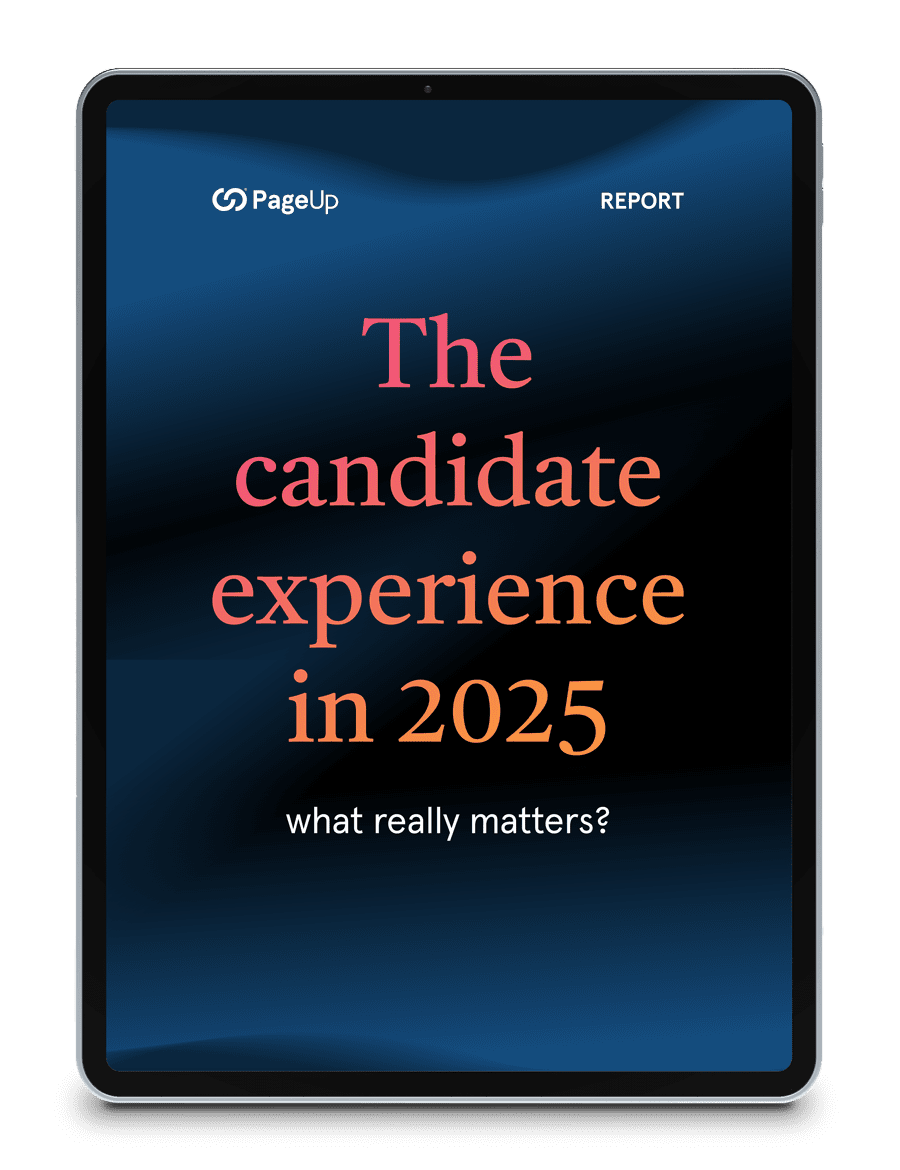While recruiting tools can make talent attraction a breeze for many organisationsorganizations, perhaps it’s fair to say, colleges and universities face some of the most unique challenges. Some hiring teams need to hire faculty and staff across campuses or locations —including remote and hybrid workers. Others need to fill highly-skilled roles. Many have to do more, with less.
To attract and secure the best higher education talent, your first instinct might be to add new processes or tactics —but can recruitment technology do the heavy lifting?
Let’s explore four recruiting tools with key capabilities to take your talent strategy to the next level.
1. Recruitment marketing to put your best foot forward
Surrounding many prestigious organisationsorganizations is a public perception they’re timeless and unchanging. But could this help or harm talent attraction capabilities?
Leading higher education institutions recogniserecognize the value of adapting to and meeting modern talent expectations; many are redefining EVPs with benefits faculty and staff actually want. Think: recognition, flexibility, and a greater emphasis on diversity, equity, and inclusion. It all starts with recruitment marketing.
Effective recruitment marketing tools should give you the capability proactively attract talent. You can:
- Create an engaging careerscareer site – that showcases your EVP, engages candidates, and is easy to update. (TCU, for example, invested heavily in its careerscareer site to optimiseoptimize recruitment spend.)
- Extend your reach – post opportunities across multiple channels to reach a wider audience, use job templates to improve hiring spend, and easily update job listings.
Discover content that works – use heat maps and analytics to assess what content resonates and what factors influence candidates to apply.
2. Applicant Tracking System capabilities to facilitate communication, automation, and teamwork
If you’ve transitioned from paper-based to digital processes, your Applicant Tracking System (ATS) may be familiar as the back of your hand. But, are you using its capabilities to your best advantage?
As a central source of truth, a strong ATS should enable you to improve:
- Communication and consistency – by facilitating communication and teamwork between HR delegates and hiring managers; particularly for tough-to-fill, specialisedspecialized roles. (UD, for example, standardisedstandardized a new protocol for authorisingauthorizing sign-on bonuses, reducing their time-to-offer and ability to secure talent ahead of competitors.)
- Automating post-application processes – by sending candidates progress updates and assisting with interview scheduling.
- Time to hire – by building talent pipelines and enabling greater coordination between key stakeholders.
Insights and decision-making – by identifying top sourcing channels, and reviewing and improving other key metrics (such as diversity hiring).
3. Onboarding software to set new starters up for success
If you’re responsible for hiring across campuses, locations, and departments, onboarding software that plugs into ATS capabilities can be a huge time-saver. And, equally importantly, it’s a sure-fire way to create a positive, memorable experience for new hires.
Onboarding software can enable you to:
- Deliver a personalisedpersonalized employee experience – with an onboarding portal, tailored to their role, ensuring they feel confident, productive, and engaged from day one by making key information and induction tasks simple and accessible.
Facilitate compliance and eLearning – by automating workflows, tasks, learning activities, and SMS or email reminders; and reviewing their progress.
4. Improving data-based decision-making through recruitment software analytics
No doubt, recruitment metrics are an essential foundation for any effective talent strategy. If you have a recruitment analytics tool in place, which should you focus on?
While it depends on your strategic goals, here are five recruitment metrics that’ll put you in good stead:
- Offer acceptance rates – if your offer acceptance rate is 95% or below, it’s worth investigating and addressing potential reasons why.
- Applicants-to-hire rate – if you’re swamped with too many applications, perhaps your job ads and screening questions could be more targeted. If you’re not receiving enough, you may like to review, optimiseoptimize, and simplify your application process.
- Candidates-to-hire rate – if high volumes of unsuccessful candidates are putting a strain on your hiring teams, it may be time to strengthen your screening process to identify suitable candidates earlier in the process. (For institutions looking to improve DEI hiring goals, diversity metrics can be useful here too.)
- Sourcing channel effectiveness – if you know where your best candidates are coming from, perhaps you can leverage this data to invest more in this channel.
- Mobile applications and time-to-apply rates – if more candidates are applying via mobile, or dropping out throughout the process, it may be worthwhile reviewing and simplifying the application process.
While understanding recruitment metrics and industry benchmarks can be a useful starting point, further investigation can help you fill in the blanks.
From recruitment marketing software, to Applicant Tracking Systems (ATS), and beyond – recruiting tools can make or break your talent strategy. By getting your recruiting tools right, you’ll see clear benefits forcandidates, talent acquisition teams, and institutions as a whole. Smarter automation, greater teamwork, communication, and seamless integrations are powerful ways to attract and secure higher education professionals in a tight talent market. Combined with the right processes, it can give your university or college the greatest advantage.
For more information about purpose-built recruiting tools to win higher education talent, get in touch.
Fresh insights for HR
Stay up to date with HR trends, tips and more when you sign up for our industry newsletter





